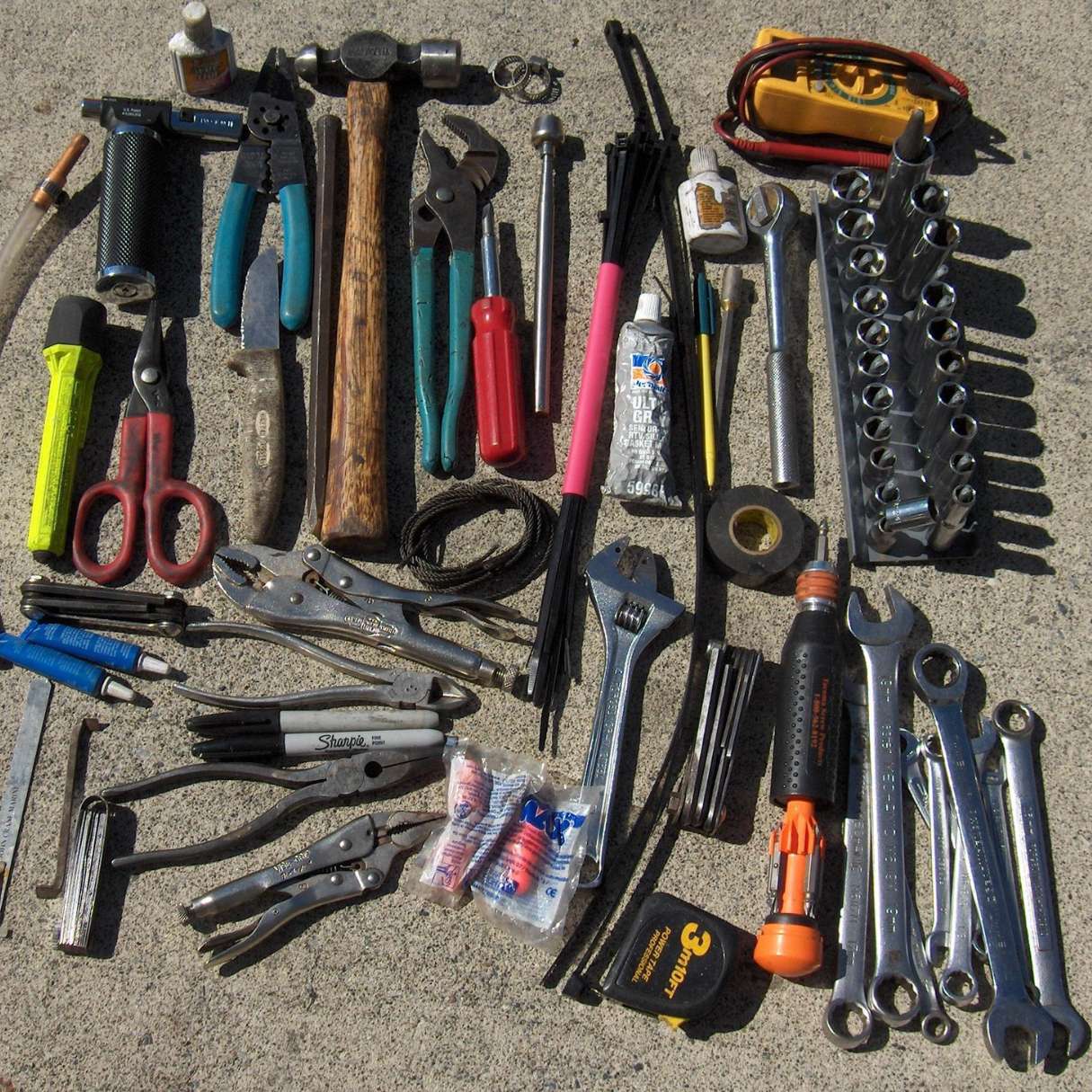

Articles
How To Identify Hand Tools For Inventory
Modified: December 7, 2023
Learn how to identify hand tools for your inventory with these informative articles. Gain insights and knowledge on different types of tools and their uses.
(Many of the links in this article redirect to a specific reviewed product. Your purchase of these products through affiliate links helps to generate commission for Storables.com, at no extra cost. Learn more)
Introduction
Hand tools are essential in various industries and professions, from construction and woodworking to automotive repair and DIY projects. Keeping track of these tools is crucial for organizations and individuals to ensure efficient operations, prevent loss or theft, and effectively plan for future needs. Proper hand tool inventory management is vital for maintaining productivity and cost-effectiveness.
In this article, we will explore the importance of hand tool inventory management and provide valuable insights into identifying and documenting hand tools for inventory purposes. We will also discuss the significance of regularly updating the inventory and share best practices for effective hand tool inventory management.
Whether you are a business owner with a warehouse full of hand tools or an individual hobbyist with a collection of specialized tools, understanding how to manage and track your inventory can save you time, money, and headaches down the line.
So, let’s dive in and discover how to effectively identify and manage hand tools for inventory purposes.
Key Takeaways:
- Efficient hand tool inventory management is crucial for organizations and individuals to prevent loss, optimize resource allocation, and enhance productivity, ultimately saving costs and streamlining operations.
- Implementing best practices, such as standardizing inventory processes, utilizing technology, and conducting regular physical audits, can improve the accuracy and efficiency of hand tool inventory management, leading to cost reduction and optimized tool utilization.
Read more: How To Identify Machinist Tool Chest
Importance of Hand Tool Inventory Management
Managing hand tool inventory is crucial for several reasons. First and foremost, it allows organizations and individuals to keep track of their assets. By knowing what tools you have and their quantity, you can easily locate and retrieve them when needed.
Inventory management also helps in preventing loss or theft. Hand tools, especially those of high value, are desirable targets for theft. By keeping a detailed record of your tools, you can identify if any items go missing and take appropriate action, such as filing insurance claims or reporting to the authorities.
In addition, hand tool inventory management enables organizations to plan effectively for their future needs. By having accurate information about the tools they own, businesses can make informed decisions about purchasing new tools or replacing worn-out ones. This helps to prevent situations where work is delayed due to a lack of proper tools.
Furthermore, properly managed hand tool inventory increases productivity and efficiency. When tools are easily accessible and well-organized, workers can quickly locate and use them, reducing downtime and increasing overall productivity. Additionally, having an inventory system in place ensures that tools are properly maintained and serviced, which prolongs their lifespan and avoids unnecessary repairs or replacements.
Finally, hand tool inventory management plays a vital role in cost control. By knowing exactly what tools you have and their condition, you can avoid purchasing duplicates or unnecessary tools. This helps to reduce expenses and allocate resources more effectively.
Overall, hand tool inventory management is essential for maintaining the smooth functioning of operations, preventing theft, saving costs, and ensuring workers have the necessary tools to complete their tasks efficiently.
Understanding the Categories of Hand Tools
Hand tools can be categorized into various types based on their functions and usage. Understanding these categories can help in identifying and organizing hand tools for inventory purposes. Here are some common categories of hand tools:
2.1 Screwdrivers
Screwdrivers are versatile tools used for driving screws into various materials. They typically consist of a handle and a shaft with a tip that matches the screw head. Screwdrivers come in different sizes and types, including flathead, Phillips, Torx, and hex.
2.2 Pliers
Pliers are multipurpose tools used for gripping, bending, and cutting objects. They feature two handles and jaws that provide a strong grip. There are different types of pliers, such as needle-nose pliers, slip-joint pliers, and lineman’s pliers, each designed for specific tasks.
Read more: How To Identify A Gerstner Tool Chest
2.3 Wrenches
Wrenches are used for turning nuts and bolts and come in various sizes and designs. Some common types of wrenches include adjustable wrenches, combination wrenches, socket wrenches, and pipe wrenches.
2.4 Hammers
Hammers are essential for driving nails, shaping metal, and performing demolition tasks. They consist of a handle and a weighted head and are available in different styles, such as claw hammers, ball-peen hammers, and sledgehammers.
2.5 Saws
Saws are cutting tools used for various purposes, from woodworking to construction. Common types of saws include handsaws, hacksaws, coping saws, and circular saws.
2.6 Measuring Tools
Measuring tools are essential for accurate measurements. They include tape measures, rulers, calipers, and levels.
Read more: How To Organize Inventory
2.7 Cutting Tools
Cutting tools are used for cutting various materials, such as wires, cables, and pipes. Examples include utility knives, wire cutters, and pipe cutters.
2.8 Other Common Hand Tools
There are numerous other hand tools that fall under different categories, such as wrench sets, screwdriver sets, toolkits, and specialty tools like stud finders or wire strippers.
Understanding the different categories of hand tools can make it easier to identify and organize them for inventory management. It allows for efficient grouping and ensures that all the essential tools are accounted for.
Identifying Hand Tools for Inventory
When it comes to identifying hand tools for inventory management, several steps can be taken to ensure accuracy and efficiency. Here are some key methods for identifying hand tools:
3.1 Physical Inspection
The first step in the identification process is to physically inspect each hand tool. This involves examining the tool’s features, such as its shape, size, color, and markings. Take note of any distinguishing characteristics or unique features that can help differentiate one tool from another. It is also important to check for any damage or wear and tear, as this information will be useful for maintenance purposes.
Read more: How To Hand Form Body Panels With Hand Tools
3.2 Labeling and Tagging
Labeling and tagging hand tools are essential for easy identification and tracking. Each tool should have a unique label or tag that includes relevant information such as the tool’s name, model number, serial number, and purchase date. Barcode labels or QR codes can also be utilized for efficient scanning and tracking purposes.
3.3 Collecting Relevant Information
Collecting relevant information about the hand tools is crucial for inventory management. This includes gathering details such as the tool’s manufacturer, specific features or specifications, and its intended use. This information can be documented in a central inventory database or spreadsheet for easy reference and tracking.
3.4 Utilizing Technology and Inventory Systems
Technology plays a significant role in streamlining hand tool inventory management. Utilizing inventory management systems, such as barcode scanners or specialized inventory software, can greatly simplify the identification process. With these tools, you can easily scan the barcode or QR code on each tool, which will provide instant access to its information in the inventory system. It also allows for efficient updates and modifications to the inventory records when tools are added or removed.
When identifying hand tools for inventory management, it is important to establish a standardized process that considers physical inspection, labeling, data collection, and the use of technology. This ensures accuracy, improves efficiency, and simplifies the overall inventory management process.
Documenting Hand Tool Inventory Data
Properly documenting hand tool inventory data is essential for effective management and tracking. It ensures that all relevant information is captured, organized, and easily accessible when needed. Here are some methods for documenting hand tool inventory data:
4.1 Creating a Spreadsheet
One of the simplest and most commonly used methods for documenting hand tool inventory data is by creating a spreadsheet. This can be done using software like Microsoft Excel or Google Sheets. Each tool can have its own row, and the columns can be used to record information such as the tool name, description, quantity, purchase date, condition, and any additional details. A spreadsheet allows for easy sorting, filtering, and updating of inventory data, making it a flexible and versatile option.
4.2 Barcode or QR Code Scanning
Using barcode or QR code scanning technology can greatly streamline the process of documenting hand tool inventory data. Each tool can be assigned a unique barcode or QR code, which can then be scanned using a handheld barcode scanner or a mobile device with scanning capabilities. This method eliminates the need for manual data entry and allows for quick and accurate recording of information, such as tool name, specifications, and location. The scanned data can be automatically inputted into an inventory management system or linked to a central database, making it easily accessible and searchable.
4.3 Inventory Management Software
Another option for documenting hand tool inventory data is to utilize specialized inventory management software. Inventory management software provides comprehensive features for tracking, documenting, and managing inventory. It allows for the creation of a central inventory database where all hand tool data can be stored. The software provides options for capturing information such as tool details, location, maintenance records, and warranty information. It may also offer reporting capabilities that allow for generating inventory reports and analyzing usage patterns. Inventory management software can streamline the documentation process, improve accuracy, and provide valuable insights into hand tool inventory management.
When documenting hand tool inventory data, it is important to choose a method that aligns with your needs, resources, and the scale of your inventory. Whether you opt for a spreadsheet, barcode scanning, or inventory management software, maintaining accurate and up-to-date documentation is crucial for effective hand tool inventory management.
Importance of Regularly Updating Hand Tool Inventory
Regularly updating hand tool inventory is essential for maintaining accuracy, efficiency, and cost-effectiveness. Here are several reasons why regular updates are important:
Read more: How To Market Hand Tools
1. Accurate Asset Tracking:
By regularly updating hand tool inventory, you can ensure that all tools are accounted for and accurately tracked. This helps prevent loss, theft, or misplacement of valuable tools. It also allows you to locate specific tools quickly when they are needed, saving time and improving productivity.
2. Efficient Resource Allocation:
Regularly updating inventory data enables you to make informed decisions about resource allocation. It helps identify tools that are underutilized, enabling you to redistribute resources where they are needed most. This prevents unnecessary purchases and saves costs by optimizing tool usage.
3. Maintenance and Repairs:
Updating inventory data allows you to keep track of tools that require maintenance or repairs. Regular updates help ensure that tools are serviced at appropriate intervals, extending their lifespan and avoiding costly breakdowns. With up-to-date information, you can schedule and plan maintenance activities effectively.
4. Compliance and Regulatory Requirements:
Regular updates to hand tool inventory can help you comply with industry regulations and safety standards. It ensures that tools are inspected and certified as required, preventing workplace accidents and potential legal issues. By keeping accurate records, you can provide evidence of compliance during audits or inspections.
5. Loss Prevention and Insurance Claims:
In the event of tool loss or theft, having regularly updated inventory records is crucial for filing insurance claims. Accurate documentation helps prove ownership, identify missing items, and provide the necessary information for insurance purposes. It improves the likelihood of successful claims and helps recover losses more quickly.
6. Inventory Cost Control:
Regularly updating hand tool inventory enables you to control costs by identifying obsolete or redundant tools. It helps you assess the usage and condition of tools, making it easier to determine when replacements or upgrades are necessary. By removing unnecessary tools from inventory, you can streamline operations and reduce expenses.
Regularly updating hand tool inventory is not just a task for its own sake. It is a crucial process that ensures accuracy, efficiency, and cost-effectiveness in inventory management. By keeping inventory data up-to-date, you can optimize resource allocation, comply with regulations, prevent losses, and make informed decisions regarding maintenance and replacement.
Best Practices for Hand Tool Inventory Management
Implementing best practices for hand tool inventory management can help organizations and individuals streamline operations, prevent loss, and optimize resource allocation. Here are some key best practices to consider:
1. Standardize Your Inventory Process:
Establish a standardized process for hand tool inventory management. Define clear procedures for inspecting, labeling, documenting, and updating inventory data. This ensures consistency and accuracy throughout the inventory management process.
Read more: How To Design Hand Tools
2. Conduct Regular Physical Audits:
Perform regular physical audits of your hand tool inventory to verify its accuracy. This involves physically counting and inspecting each tool to ensure it matches the documented inventory records. Audits should be conducted on a scheduled basis to catch any discrepancies and avoid issues arising from outdated data.
3. Utilize Technology and Automation:
Take advantage of technology and automation to streamline the inventory management process. Use barcode or QR code scanning systems, inventory management software, or specialized apps to expedite data collection and updates. This reduces the chances of human error and saves time in inventory management tasks.
4. Implement Proper Tool Storage and Organization:
Maintain a well-organized and secure storage system for your hand tools. Use labeled drawers, shelves, or toolboxes to store tools in a logical and easily accessible manner. This facilitates efficient tool retrieval and prevents unnecessary damage or loss due to improper storage.
5. Train Employees on Inventory Procedures:
Provide proper training to employees who handle and manage hand tool inventory. Educate them on the importance of accurate data collection, labeling, and updating. Ensure they are familiar with the inventory management systems or tools being used and understand the procedures for reporting issues or discrepancies.
Read more: How To Test Hand Tools
6. Implement a Check-In and Check-Out System:
Implement a check-in and check-out system for tools that are borrowed or used by employees or contractors. This ensures proper tracking of tools, reducing the chances of tools going missing or being misplaced. Use sign-out sheets or electronic systems to record the names of individuals who possess the tools and the duration of their usage.
7. Establish a Maintenance Schedule:
Create a maintenance schedule for your hand tools. Regularly inspect and service them to prevent breakdowns, extend their lifespan, and maintain optimal performance. Document the maintenance activities and keep records of any repairs or replacements that are conducted.
8. Periodically Review and Update Inventory:
Regularly review and update your hand tool inventory to ensure it remains accurate and up-to-date. Remove tools that are no longer in use or are beyond repair. Update the records with new purchases, disposals, or changes in tool condition. Consistently monitoring and updating your inventory prevents overstocking and provides a clear picture of your tool assets.
By implementing these best practices, organizations and individuals can improve the efficiency and effectiveness of their hand tool inventory management. These practices enhance accuracy, prevent loss, and ensure that tools are properly maintained and utilized, optimizing productivity and cost control.
Conclusion
Efficient hand tool inventory management is crucial for organizations and individuals alike to keep track of their tools, prevent loss or theft, and optimize resource allocation. By understanding the importance of hand tool inventory management and implementing best practices, you can streamline operations, enhance productivity, and save costs.
Throughout this article, we explored the significance of hand tool inventory management, the categories of hand tools, and the process of identifying and documenting tools for inventory purposes. We discussed the importance of regular updates, including physical inspection, labeling, and utilizing technology, such as barcode scanning or inventory management software. We also highlighted the benefits of regularly updating inventory data, such as accurate asset tracking, efficient resource allocation, compliance with regulations, and loss prevention.
Additionally, we provided best practices for hand tool inventory management, such as standardizing the inventory process, conducting regular physical audits, utilizing technology and automation, implementing proper storage and organization, training employees, and establishing maintenance schedules. By following these best practices, you can ensure accurate inventory records, improve efficiency, and reduce costs associated with improperly managed hand tool inventory.
In conclusion, effective hand tool inventory management is a crucial component of successful operations in various industries and professions. By investing the time and effort into implementing proper inventory practices and regularly updating inventory data, you can save time, reduce costs, and optimize the utilization of your hand tool assets. With the right strategies in place, you can streamline operations, enhance productivity, and ensure that you always have the necessary tools at hand for your projects and tasks.
Frequently Asked Questions about How To Identify Hand Tools For Inventory
Was this page helpful?
At Storables.com, we guarantee accurate and reliable information. Our content, validated by Expert Board Contributors, is crafted following stringent Editorial Policies. We're committed to providing you with well-researched, expert-backed insights for all your informational needs.
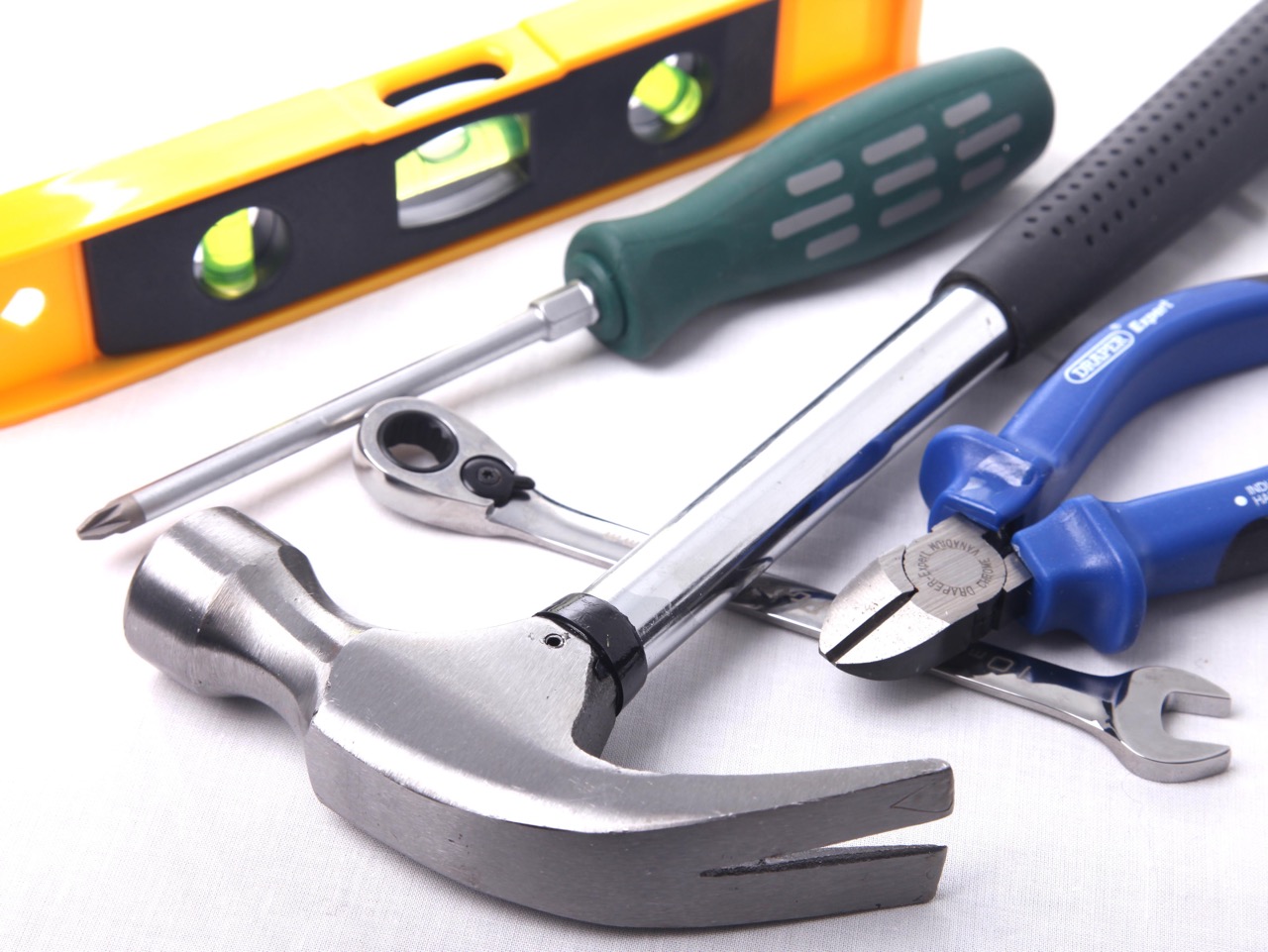

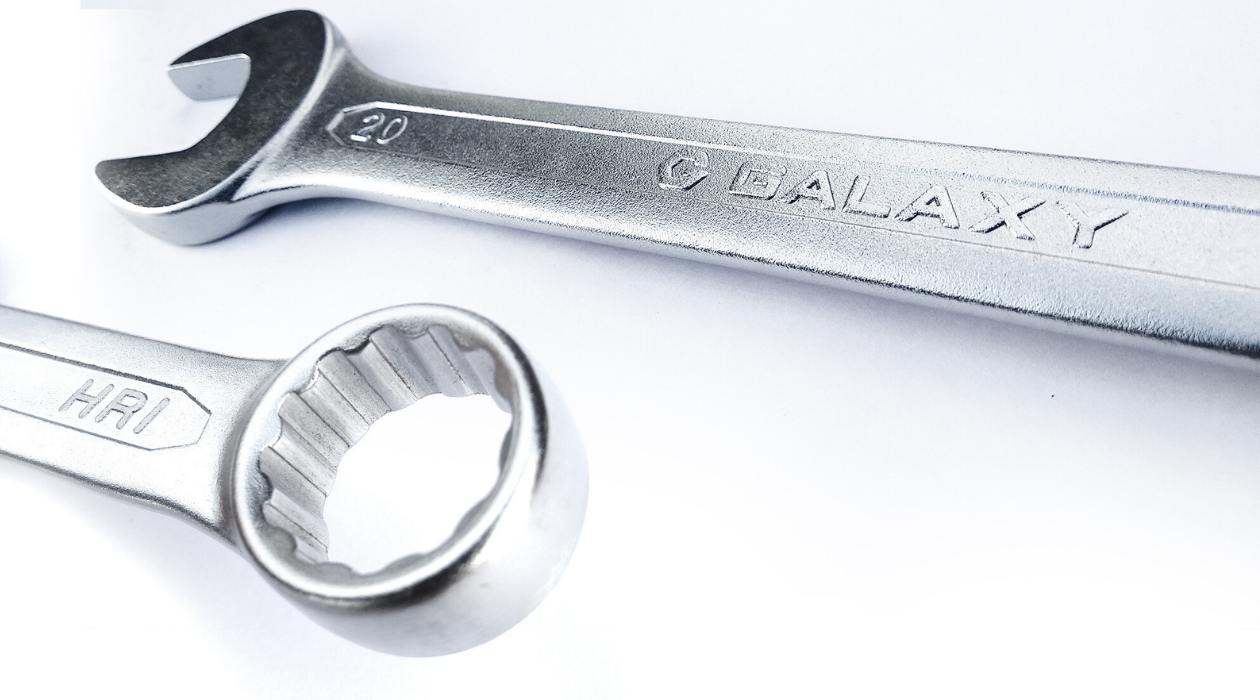
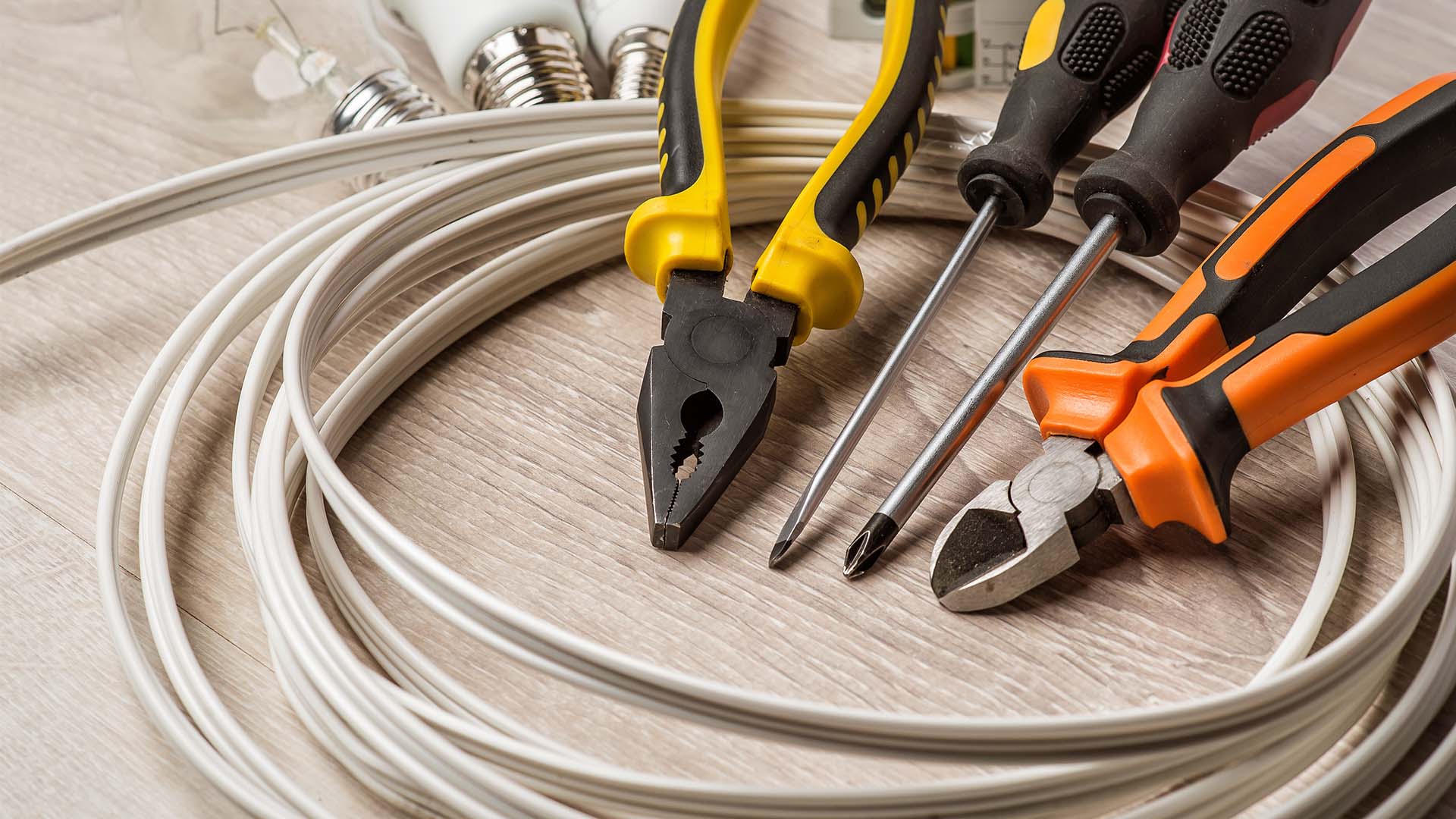
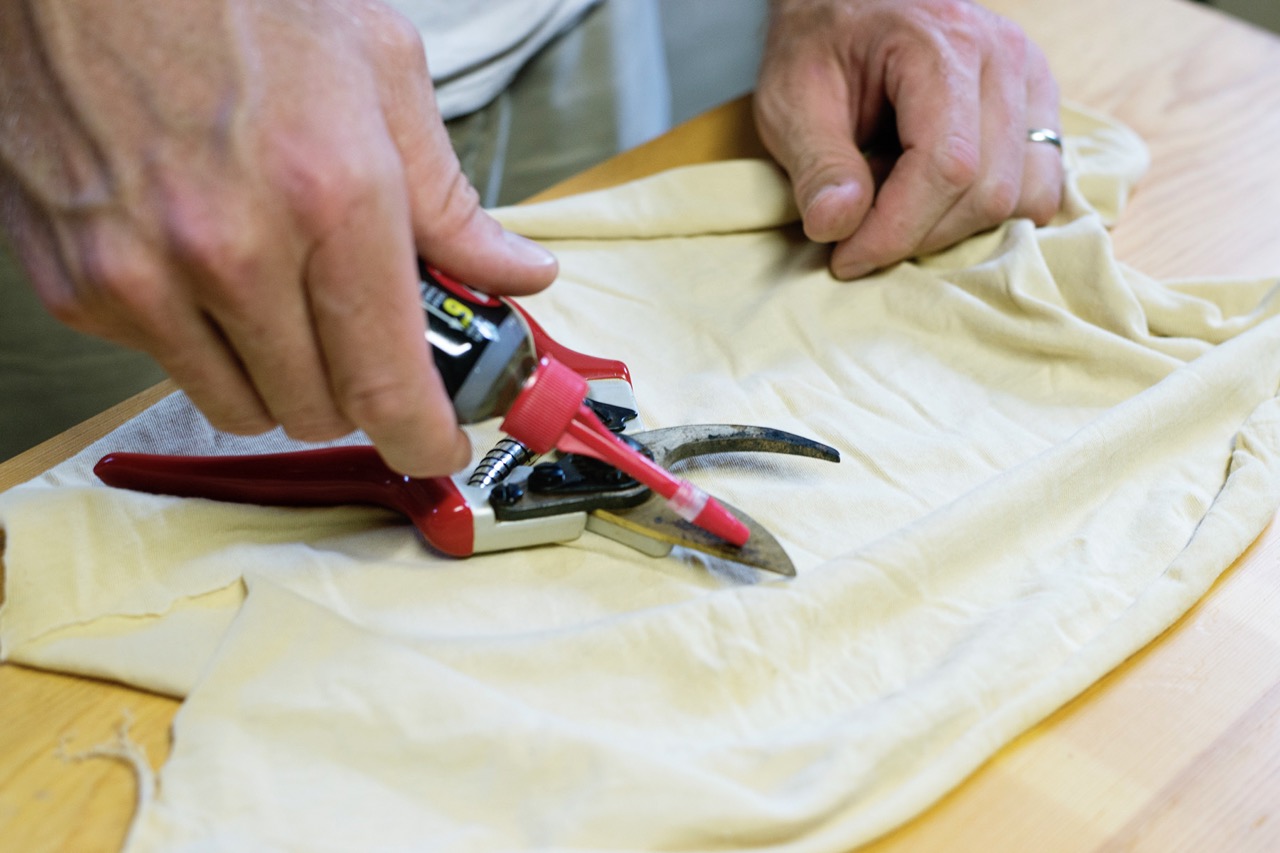

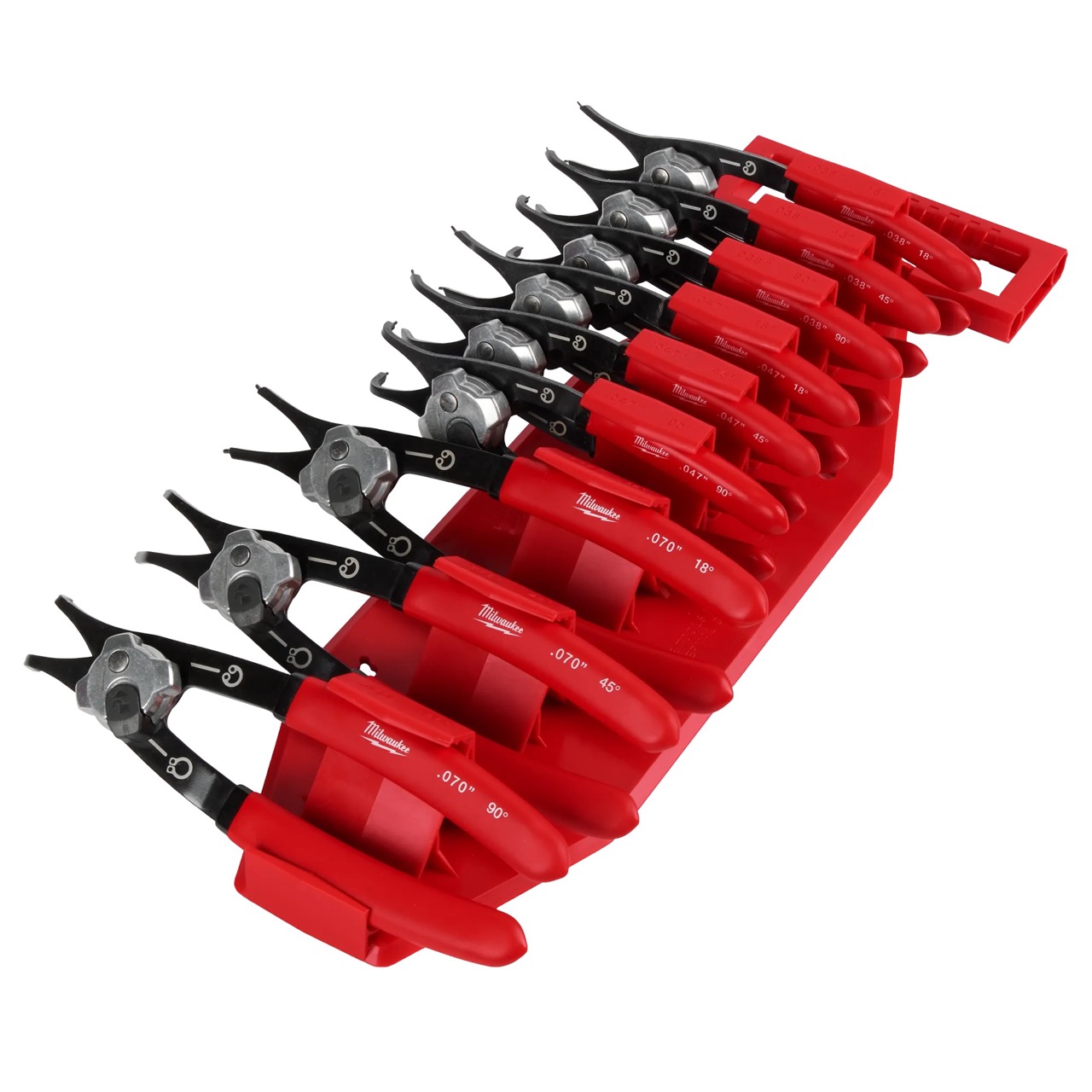

0 thoughts on “How To Identify Hand Tools For Inventory”